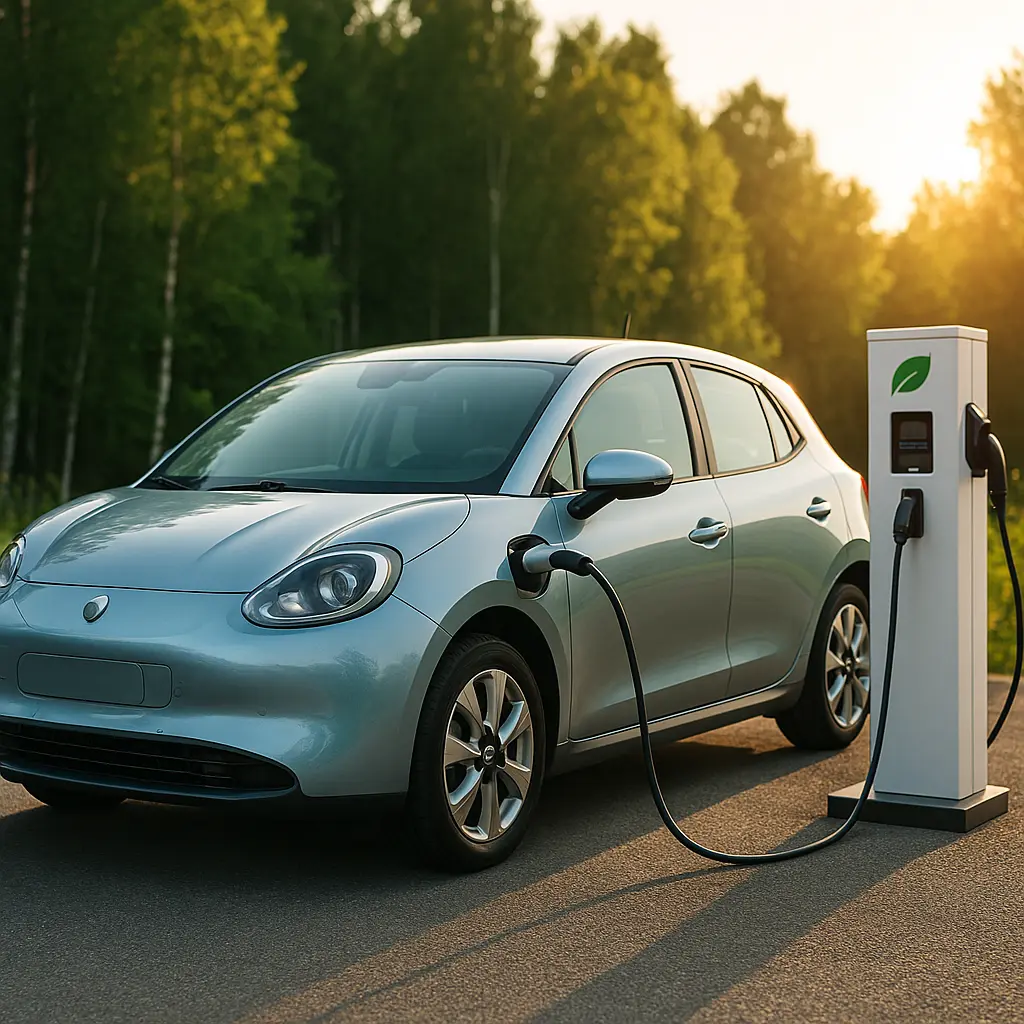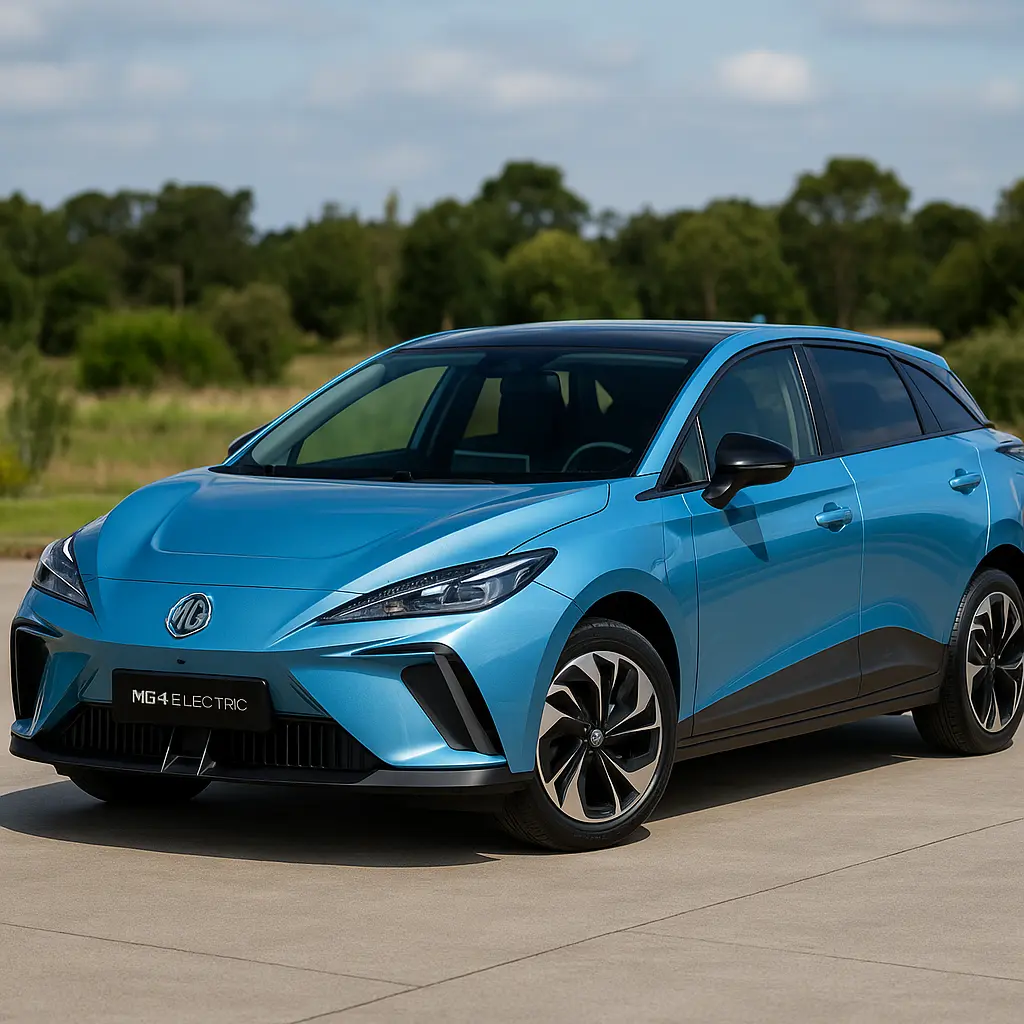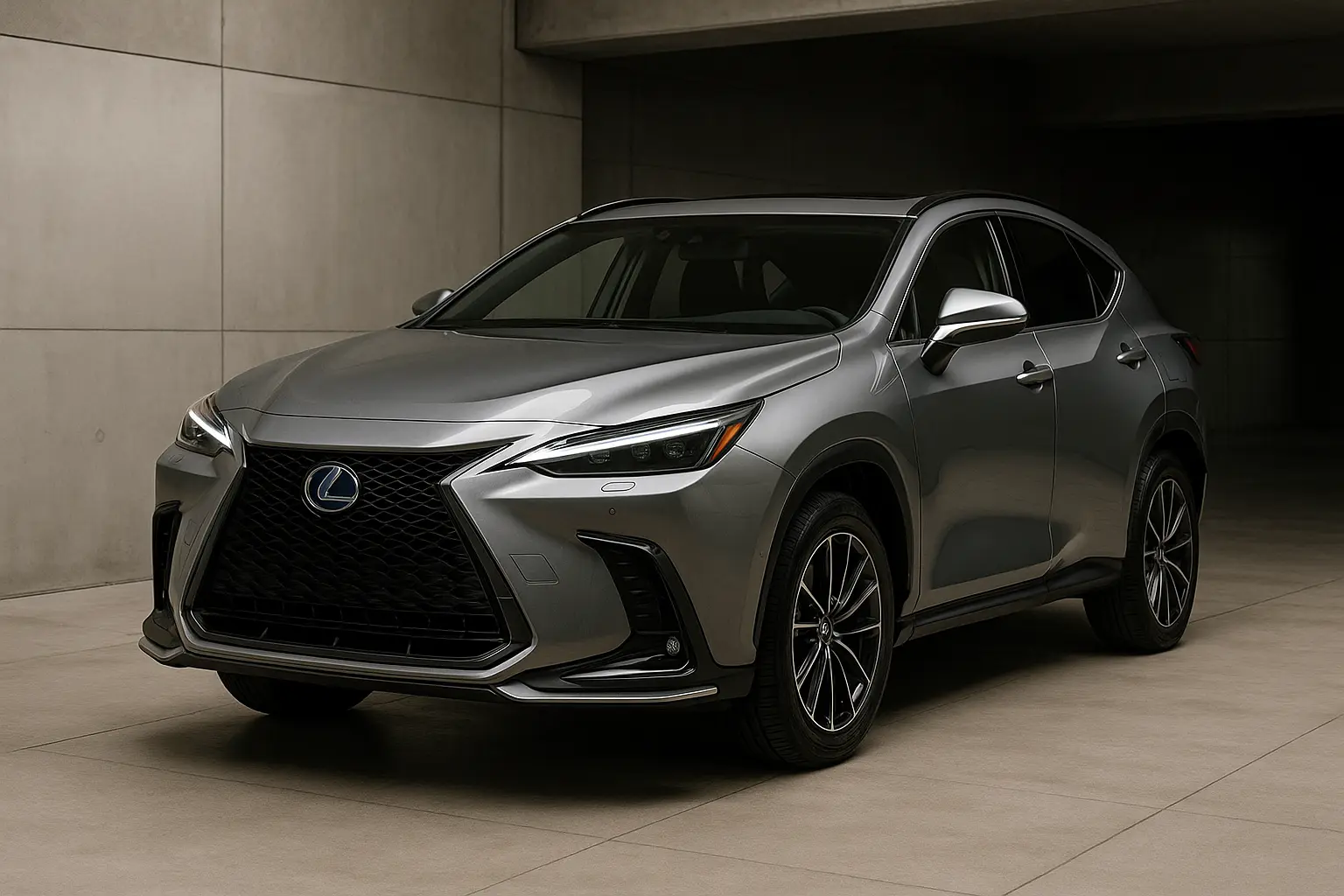Introduction: What Does “Eco-Friendly” Mean for Cars in 2025?

With climate change concerns rising and stricter emissions regulations sweeping across the globe—including Australia—the definition of an "eco-friendly" car has evolved dramatically by 2025. Today, a green vehicle isn't just about low fuel consumption. It's about a comprehensive approach to sustainability, covering:
Emissions output
Renewable energy usage
Sustainable materials
Energy efficiency
Production and end-of-life impact
This guide breaks down everything you need to know about eco-friendly cars in 2025, especially if you're considering buying one in Australia.
1. Powertrain: Electric, Hybrid, and Beyond
Battery Electric Vehicles (BEVs)
BEVs are the greenest options currently on the road in Australia. They produce zero tailpipe emissions, rely solely on electricity, and can be powered using renewable energy at home.
Top Features of BEVs in 2025:
Lithium iron phosphate (LFP) or solid-state batteries for better sustainability
Fast-charging capabilities (80% in under 20 minutes in some models)
Regenerative braking to reduce energy loss
Range over 500km in many mainstream models
Hybrid Vehicles
Hybrids use both an internal combustion engine (ICE) and an electric motor, reducing fuel usage and emissions during city driving.
Types:
Mild Hybrids (MHEVs) – offer electric assistance but don’t drive on electric power alone
Full Hybrids (HEVs) – can drive short distances purely on electric power
Plug-in Hybrids (PHEVs) – allow charging and offer EV-only range up to 100km
PHEVs are considered transitional eco-cars in Australia, especially for those who want green driving without full reliance on public EV infrastructure.
2. Emissions & Efficiency Standards in 2025
Carbon Emissions (g/km)
By 2025, new emission standards in Australia push manufacturers toward lower CO₂ outputs. A car is typically considered “eco-friendly” if its emissions are below 100g/km.
Fuel Economy Ratings
Eco cars are expected to deliver:
Under 4.5L/100km for petrol/hybrid
Under 3.0L/100km equivalent for PHEVs
BEVs show energy consumption in Wh/km (e.g., 130–180 Wh/km is considered excellent)
Euro 6d & Beyond
Advanced emission control systems like GPFs (Gasoline Particulate Filters) and SCR (Selective Catalytic Reduction) tech are standard in 2025, even in petrol vehicles, to comply with Euro 6d and its Australian equivalents.
3. Sustainability in Manufacturing and Materials
It’s not just about what a car emits—how it's made matters too.
Sustainable Material Usage
Eco-friendly materials in 2025 include:
Recycled plastics for interior panels and carpets
Organic and plant-based fabrics (e.g., eucalyptus fiber, cork, or bamboo)
Leather alternatives (e.g., cactus leather, apple peel-based leather)
Recycled aluminum for structural components
Brands like Volvo, Polestar, and BMW are leading in this area with 100% climate-neutral production goals.
Carbon-Neutral Factories
Many automakers have switched to solar-powered or wind-powered factories, cutting down their manufacturing footprint.
4. Aerodynamics and Lightweight Design
Reducing a vehicle’s drag coefficient and weight improves energy efficiency. Eco-friendly cars in 2025 boast:
Cd values as low as 0.21 (e.g., Hyundai Ioniq 6)
Extensive use of carbon fibre-reinforced plastic (CFRP) or aluminium
Smaller wheels with low rolling resistance tyres
Optimised airflow design—rear diffusers, active grille shutters, flat underbodies
These designs help even EVs maintain longer ranges without increasing battery size.
5. Charging and Energy Sourcing (for EVs & PHEVs)
Home Charging with Green Energy
A car is only as clean as its energy source. Many Australians now charge at home using solar panels + battery storage, making the vehicle’s operation almost 100% renewable.
Public Charging Infrastructure in 2025
Australia now offers:
Over 10,000 public EV charging stations
Widespread ultra-rapid charging (150kW–350kW) stations on major routes
EV-friendly features like smart charging apps, queue notifications, and solar-fed charging points
Look for EVs with bidirectional charging (V2G/V2H)—they can return energy to the grid or power your home during blackouts.
6. Smart Driving Technology & Eco Modes
Modern green cars are intelligent in how they use energy.
Eco Driving Modes
Nearly every vehicle now includes an "Eco" or "Efficiency" mode, which adjusts:
Throttle response
AC compressor usage
Gearshift patterns (in automatics)
Energy regeneration intensity
Some cars even coach you to drive more efficiently via real-time feedback.
Predictive Navigation Systems
Advanced sat-nav systems optimise routes based on terrain, traffic, and energy consumption data. This reduces unnecessary acceleration and idling.
7. Maintenance and Ownership Impact
Eco-friendliness isn’t just about driving—maintenance plays a big role.
Lower Maintenance in EVs
No oil changes
Fewer moving parts
Regenerative braking increases brake pad lifespan
Eco Tyres and Fluids
Many green vehicles come with eco-labeled tyres, low-friction fluids, and non-toxic refrigerants in the air conditioning system.
Longer Service Intervals
Eco cars often stretch service intervals to 15,000–30,000km, reducing waste generation and consumables.
8. Lifecycle Analysis and Recycling
An eco-friendly car considers its end-of-life footprint.
Battery Recycling
Brands like Tesla, Nissan, and BYD now operate battery recycling programs that recover up to 95% of lithium, nickel, and cobalt.
Vehicle Recycling
Over 85–90% of most cars sold in 2025 are recyclable. Manufacturers are designing parts with easier disassembly and recycling in mind.
9. Certification & Badges That Matter
Look for independent green certifications:
Green Vehicle Guide (Australia) – Official rating
ANCAP Green Ratings – Combines safety + environmental performance
WLTP & NEDC ratings – For energy/fuel efficiency
ISO 14001-certified manufacturing plants
10. Checklist: What to Look for in an Eco-Friendly Car (2025)
| Feature | Why It Matters |
|---|---|
| EV or PHEV Powertrain | Zero or reduced emissions |
| Low Emissions (g/km < 100) | Lower environmental impact |
| Energy Efficiency (Wh/km or L/100km) | Reduces fuel/energy consumption |
| Recycled/Sustainable Interiors | Minimises resource usage |
| Aerodynamic Design (Cd < 0.25) | Improves range and efficiency |
| Lightweight Materials | Reduces energy needed to move the car |
| Eco Mode / Smart Driving Tech | Helps maintain efficient driving habits |
| Solar or Green Energy Charging | Maximises environmental benefit |
| High Recyclability & Battery Program | Supports circular economy |
| Smart Nav / Predictive Driving | Lowers energy usage through route efficiency |
Popular Eco-Friendly Cars in Australia (2025)
Here are some top choices across powertrains:
Battery Electric Vehicles (BEVs):
Tesla Model 3 Highland – Range: 513 km
BYD Seal – Budget-friendly, great efficiency
Hyundai Ioniq 6 – Aerodynamic champion
Polestar 2 – Stylish with recycled interiors
Kia EV6 – Practical and packed with tech
Plug-in Hybrids (PHEVs):
Mitsubishi Outlander PHEV – 84km EV range
Toyota RAV4 Prime (expected AU launch) – Blends EV and hybrid well
Cupra Formentor VZe – Euro styling + green credentials
Hybrid Cars:
Toyota Camry Hybrid – Legendary efficiency
Honda Accord Hybrid – Smooth and smart
Lexus RX500h – Luxury hybrid SUV
Should You Buy an Eco-Friendly Car in 2025?
Yes—if you value:
Reduced fuel and energy bills
Lower environmental impact
Long-term value retention
Access to rebates and discounts (varies by state)
Participation in Australia’s greener transport future
Australia is moving toward net-zero emissions by 2050, and the automotive sector is key. By choosing an eco-friendly car in 2025, you’re contributing to a cleaner future while enjoying the latest in automotive technology.
Final Thoughts
An eco-friendly car in 2025 is more than just a vehicle with low fuel consumption. It’s a holistic blend of smart engineering, sustainable materials, efficient powertrains, and intelligent driving systems. Whether you choose a fully electric vehicle, a hybrid, or a plug-in hybrid, being informed about what truly makes a car green will help you make a responsible, rewarding purchase.
Leave a comment
Your email address will not be published. Required fields are marked *




















